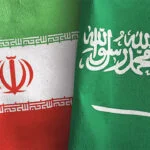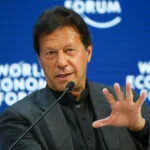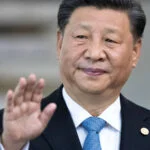An almost life-size wooden tiger mauling a European soldier, an automaton with an organ keyboard that plays a mournful song while the soldier cries and pleads for help, is one of the many kingly treasures piled up at London’s Victoria and Albert (V&A) Museum. This odd artwork is unlike any other in the museum.
The efforts of an Indian military genius whose objectives went well beyond his time are reflected by this wooden tiger, which is much more than just a mechanical toy for spectators to gawk at.
Haider Ali, an illiterate soldier of fortune who rose through the ranks of the Mysorean army to take the Maharaja’s throne and declare himself Sultan in 1761, was the father of Tipu Sultan.
Haider, a strong leader, used French mercenaries to aid in implementing European military methods inside his army, enhancing their effectiveness and enabling him to extend his kingdom, which corresponds to the modern metropolis of Mysore in the state of Karnataka.
Haider engaged in two wars with the British East India Company, the second of which witnessed his son Tipu showed courage in the Battle of Pollilur and hand the British their most severe defeat on the subcontinent.
The father and son’s success tales were told throughout the world, from Europe to the founding fathers of the United States, where they became well-known figures.
When Tipu came to the throne in 1782, the British were already at war. He quickly routed them, taking one in five of their commanders deployed on the subcontinent. Tipu was one of only two kings in South Asia to be able to dictate treaty terms to the British, who were eager to file a claim for peace.
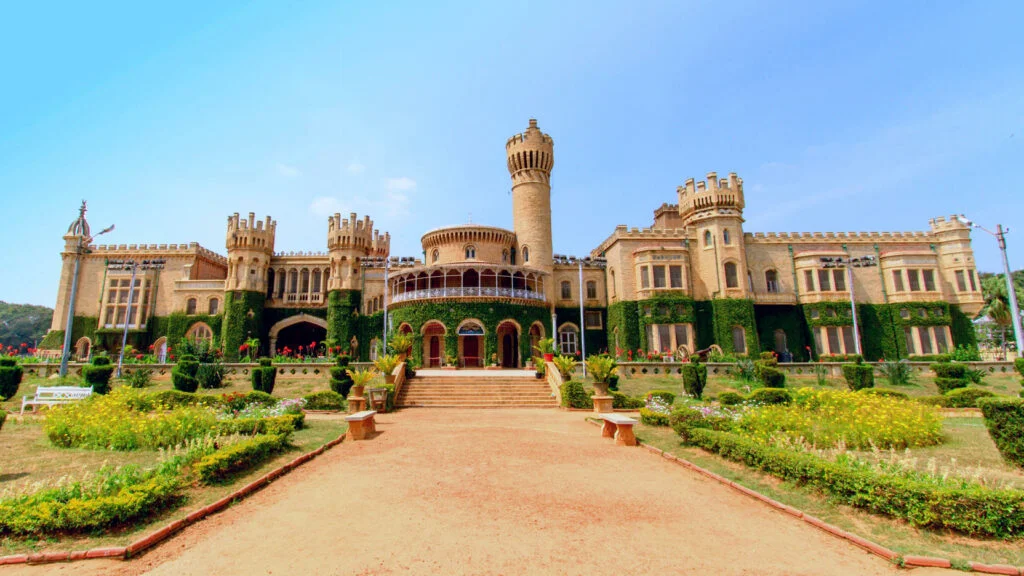
Tipu had the same understanding of how and why the West had made greater strides than the East as his father.
Tipu continued building on his father’s accomplishments by structuring his government along European lines, despite inheriting a huge 80,000 square mile kingdom, six million people, and the most effective military in the region. He viewed his position as Sarkar-i- Khudadad (God-given), and it was his duty to make his people’s lives better. And he achieved great success.
From top merchant to the commander-in-chief, Tipu Sultan wore multiple hats while personally supervising each division of his government.
Tipu, who understood that trade and manufacture contributed to the superiority of European economies, expanded the industry in Mysore by bringing in silkworms and pearl divers and establishing over a dozen factories from Mysore to Jeddah that made everything from armaments to cutlery to candy to gunpowder with quality that outmatched even the English.
In a single stroke, Tipu’s effective rule increased land cultivation, reduced hereditary land holdings, and shortened the size of densely populated cities. Mysore “was the best cultivated and its population the most thriving in India,” the English couldn’t help but remark in admiration.
In comparison to his native contemporaries, like the Marathas and the weak Mughals (now British pensioners), Mysore was an anomaly – a thriving state.
Tipu was a great patron of the arts, commissioning architectural wonders and luring scholars and poets to court. He was well-educated and brilliant, and he possessed a library filled with hundreds of books, including two he had written on dreams and astrology. The tiger served as the centerpiece of his rule, and he made it the symbol of his supremacy by stamping tigers on everything from artillery and uniforms to a solid gold throne.
Tipu, a very pious Muslim who ruled over a significant number of Hindu people, was very tolerant of all religions. He gave minorities entire freedom of worship, appointed Hindus to important positions, and gave expensive gifts and land grants to temples.
Tipu dispatched diplomatic delegations to various kingdoms as his isolation from envious neighbors increased. He received legal investiture from the Ottoman Empire to rule in the Caliph’s name, and from France, he received engineers and artisans to help him build his industries and armies. However, due to their internal conflicts, neither of these nations could give him the military alliance he so desperately required.
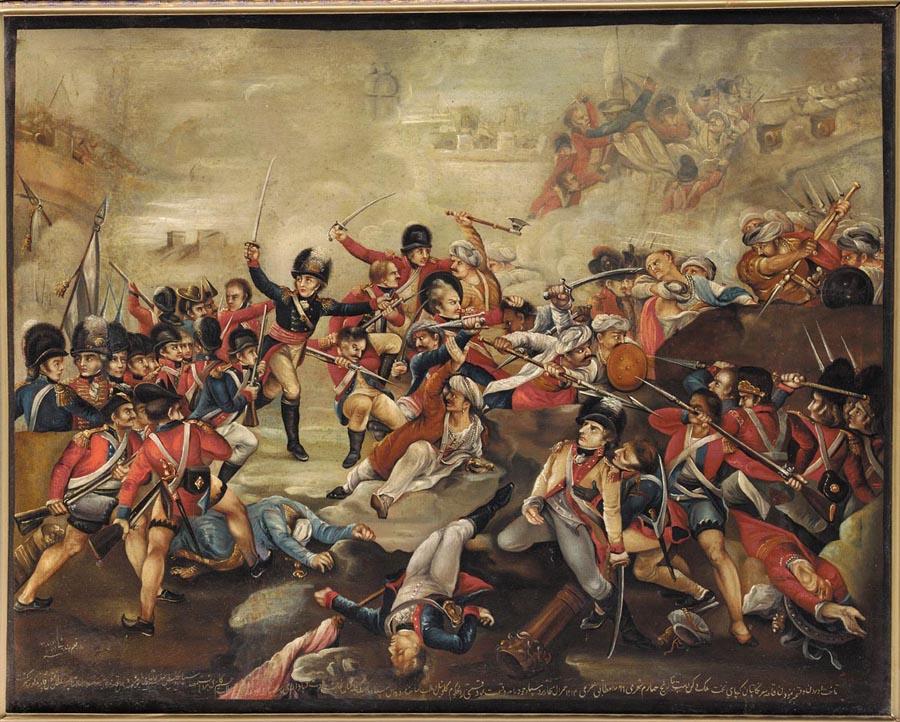
Tipu’s performance on the battlefield was equally notable. He was a forerunner in the area of rocketry and, in 1787, he defeated a coalition of his two close neighbors, the Marathas, and the Hyderabadi forces, forcing them to seek peace. He was also famous for handling his prisoners of war with humanity.
The challenges Tipu Sultan faced were overwhelming despite his ambition and extraordinary intelligence. Unlike his contemporaries, the sultan saw the British for what they were: colonists, despite his cautions going unheeded. The British saw Tipu Sultan as their greatest challenge to dominance and were threatened by him.
In 1792, an English-led coalition commanded by the Marathas and Hyderabad overpowered and destroyed Tipu, taking half his kingdom and restricting his capacity to keep his forces, but Tipu quickly regained his financial losses. The English, though, had not given up on him.
They again attacked in 1798, and Tipu made his last stand at his castle in Srirangapatna, dying in combat on May 4, 1799. His army had decreased, and his officers had betrayed him after being paid by the British. With the help of their English rulers, Mysore developed into a princely state.
The news of Tipu’s death was met with delight in Britain, and when his treasures were transported to the motherland, they became the stuff of legend and served as an inspiration to authors like Dickens and Keats.
Among the most capable leaders in Asia, Tipu Sultan comes out on top without a doubt. His passing gave the English the opportunity to rule the continent and toast “the corpse of India.”
However, the Hindu rightwing BJP government in power today wants to erase any notions of heroic Muslim figures as part of its effort to rewrite Indian history to its liking. By doing this, it hopes to lay the groundwork for the justification of a Hindu Rashtra (nation), along with the inevitable violence against Muslims and other minorities that would obey.
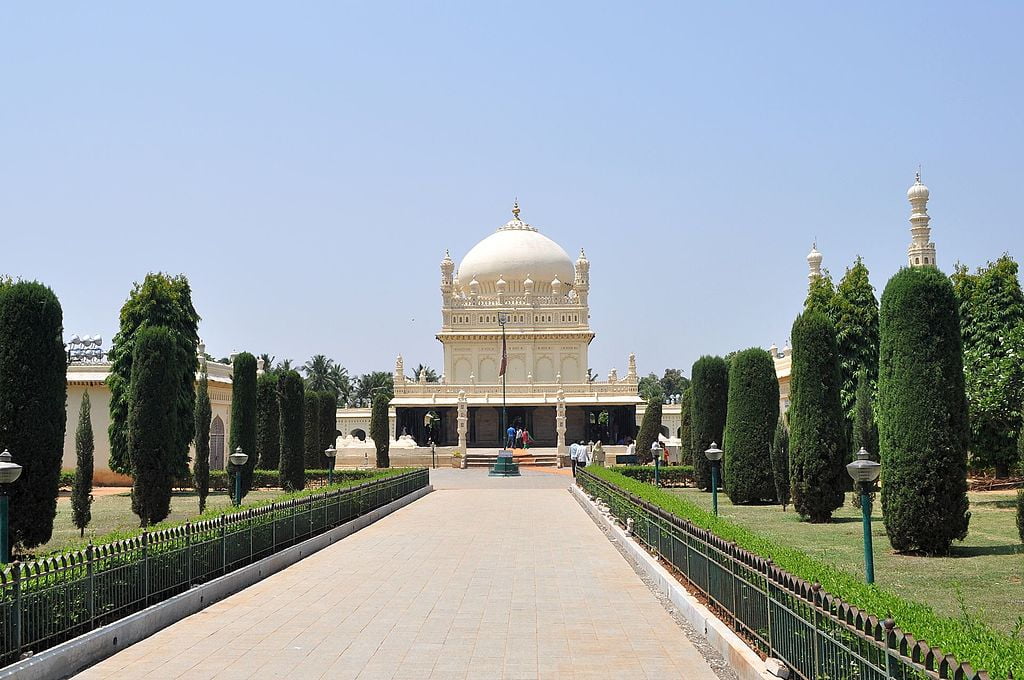
The BJP’s effort to rewrite history has therefore been centered on denouncing Tipu Sultan, a Muslim ruler who preached tolerance and oversaw a prospering state. For the last several years, it has opposed everything from his birth celebrations to statues and pictures bearing his face because Tipu supposedly targeted Hindus while disregarding the fact that many of his important administrators were Hindus.
The Wodeyar dynasty was a colonial pawn of the British, which the BJP has ironically ignored by renaming a popular train the “Tipu Express” to the “Wodeyar Express” this year. The BJP has also condemned the opening of a sports facility named after Tipu in early 2022.
In addition to historical evidence contradicting the BJP’s assertions, revisionism of Tipu’s legacy itself is a relatively new idea. Up until 2015, the BJP actively supported the Karnataka state celebrations of Tipu’s life, even commissioning a 425-page book in his honor. In 2017, Ram Nath Kovind, the BJP’s hand-picked presidential candidate for India, hailed Tipu as a courageous military commander and anti-colonial hero. History demonstrates that the “controversy” surrounding Tipu’s legacy is a creation of the BJP, a pathetic effort to change history to serve its purposes.
Tipu is known for being the leader in several fields among the Indian royalty. He was also, it appears, the first to present the British with a fearsome adversary whose mere trinkets they would marvel at for years ahead.








